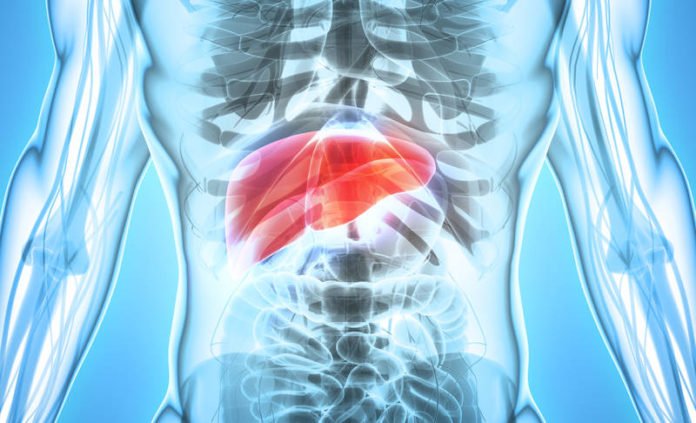How do cells cooperate and utilize their genome to form into the human liver tissue? Scientists applied this question by using novel technologies of genomics and stem cell research.
The only treatment for end stage liver disease is the liver transplant. The number of livers available from deceased donors is limited. So scientists have bioengineered transplantable liver from human pluripotent stem cells.
Usually, regenerative medicine tries to accomplish self-arranging human tissues, in which cells experience a series of coordinated molecular events precisely timed and spaced to form functioning three-dimensional liver buds.
Physician Takanori Takebe said, “The ability to bioengineer transplantable livers and liver tissues would be a great benefit to people suffering from liver diseases who need innovative treatments to save their lives. Our data gives us a new, detailed understanding of the intercellular communication between developing liver cells, and shows that we can produce human liver buds that come remarkably close to recapitulating fetal cells from natural human development.”
To bioengineer transplantable liver, scientists used single-cell RNA sequencing. Using this gives them a map of gene activity in each and every cell type. This enables them to eavesdrop on the conversation.
They then monitored how individual cells change when they are combined in 3D microenvironments where vascular cells, connective tissue cells, and hepatic cells engage in a complex communication.
Scientists focused in on building up an entire plan of dynamic translation factor. They signaled molecules and receptors in each of the different types of cells before and after the cells come together to form the liver bud tissue. They found there is a dramatic change in the conversation and how the cells behave when all of the cells develop together in 3D.
Gray Camp of the Max Planck Institute said, “It was exciting to see, for the first time, how individual cells are reacting to each other when put into the same context within the liver bud. It’s a bit like people-watching at a party.”
Analysts watched that their lab-developed liver buds have sub-atomic and hereditary mark profiles.
Barbara Treutlein from the TUM said, “Our data reveals, in exquisite resolution, that the conversation between cells of different types changes the cells in a way that likely mimics what is going on during human liver development.”
They even highlighted the molecular interaction between a signaling protein that cells produce to stimulate the formation of blood vessels (VEGF), a protein, a receptor that communicates with VEGF. This will trigger the formation of a blood supply to the developing liver (KDR).
